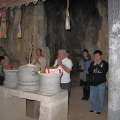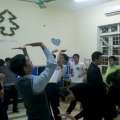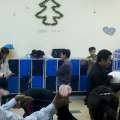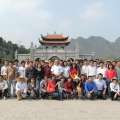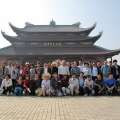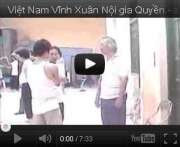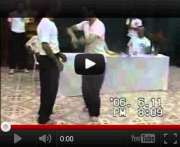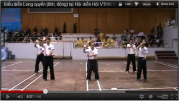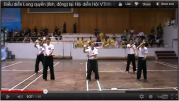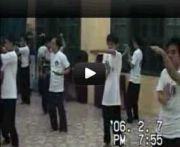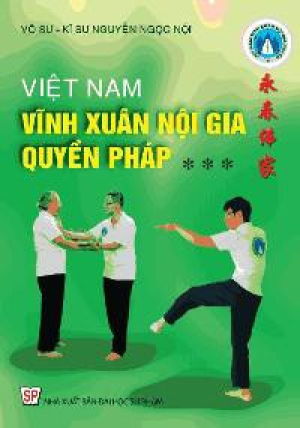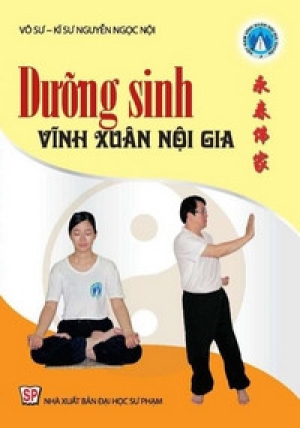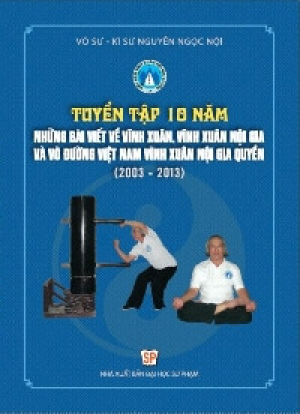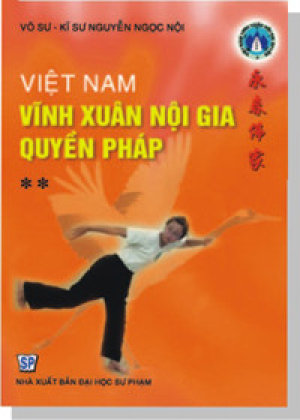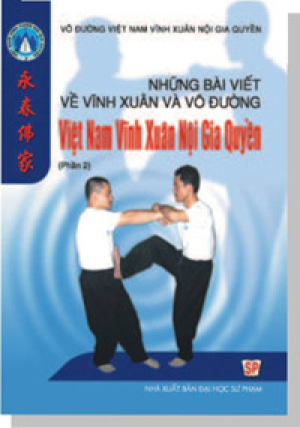Basic content you need to know Part 5: Excerpt from the content of the book Vietnam Wing Chun Noi Gia Quyen Phap
VIETNAM VINH XUAN INTERNAL RIGHTS
(next)
(next)
PART TWO
VIETNAM VINH XUAN INTERNAL RIGHTS
VIETNAM VINH XUAN INTERNAL RIGHTS
A. BASIC CONTENTS YOU NEED TO KNOW
I. Internal Wing Chun boxing system:Updated September 1, 2008)
II. (see sectionUpdated September 11, 2008)
III.
B. BASIC TRAINING PROGRAM
I. Body parts used in Internal Wing Chun martial artsUpdated November 16, 2008)
II.
1. Soft exercise:(see sectionUpdated January 11, 2009)
2. Set code:
2.1.
In Vietnam, Wing Chun Noi Gia Quyen does not have many stances.
2.1.1.
This is the basic stance of Wing Chun.
2.1.2.
Variation of the 2-sit-yang position. From the 2-sit-yang position, turn both heels to the right (left) 45º.
2.1.3.
This is also the most basic stance applied in fighting in Vietnamese Wing Chun Noi Gia Quyen.
2.1.4.
In close combat, this stance is used for effectiveness and safety in combat.
Above are the most basic stances in Vietnamese martial arts Wing Chun Noi Gia Quyen.
2.2.
Wing Chun is a close combat style.
2.2.1.
Switch from positive alkaline diphthong to right positive alkaline diphthong or left positive alkaline diphthong and vice versa.
Switch from the positive two-syllable to the right forward-backward position or the left-backward position and vice versa (from the positive two-syllable position, move the right or left foot forward or backward into a forward-backward position. This movement is half a step of the move
Moving back and forth (keeping the body intact) is also known as going back and forth.
Letting: This is a form of moving forward or backward without changing the supporting leg during and after the move and is applied in performing the forward and backward stance.
Note:
2.2.2.
For 2 front doors - horizontal or front - angled horizontally, it is presented and applied in moving 4 doors or 8 doors: moving horizontally - moving obliquely.
2.2.3.
Horizontal movement is the step of moving from the opposite door to the door that is safe for yourself (or to get closer, then defend or attack).
From the right (or left) right (or left) two-syllable alkaline, right (or left) right leg, turn the body and legs to the right (or left) forward and backward.
From the two characters ky yang, rotate your legs and body to the right (or left) into a forward and backward right (or left) position.
From the right (or left) yang yin, rotate the body to the left (or right) to move forward and backward left (or right).
In addition, from the 3 basic binary positions above, move the right (or left) leg back to the left (or right), turn the legs, turn the body to the left or right to move forward and backward left (or right).
From the right (or left) forward and backward position, bring the left (or right) foot closer to the right (or left) foot and then turn (curve) to the left (or right) to turn left (or right) forward and backward.
Note:
2.2.4.
Yaw movement is the variation of horizontal movement.
From the right (or left) two-syllable positive or right (or left) positive two-syllable, move the right (or left) leg slightly to the right (or left) 45º and then pull the left (or right) leg to the right (or left) forward and backward.
From the right (or left) positive two-syllable or right (or left) positive two-syllable, move the right (or left) leg at an angle of 135° (horizontally forward) and at the same time pull the left (or right) leg along, to become right forward and backward,
From the two words "calm yang" to move forward and backward.
Note: The above moving method is for the 2 front slanted doors.
2.2.5.(fake words - lie).
This is one of the forms of movement where one unmoving leg is used primarily to avoid attacks and then counterattack or continue to defend.
Back and forth (basic): From the forward and backward position, move the front leg to the side through the back leg and stay on that leg.
Regression and forward: From the forward and backward position, move the back leg forward and behind the front leg.
2.2.6.
The forms of movement presented above are basically ground-based movements.
(To be continued)
Articles
Topic
Image
Video
- A few thoughts after the trip to Poland at the end of 2023
- Ceremony to build Wood staff for student Nong Trung Dung
- A good day in a good month for Vietnamese Wing Chun Noi Gia Quyen Dojo
- Some photos of the training session at Nam Dong Dojo on October 8, 2023
- Disciples at Vietnam Dojo wish Master a happy birthday
Dojo
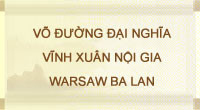
Link

